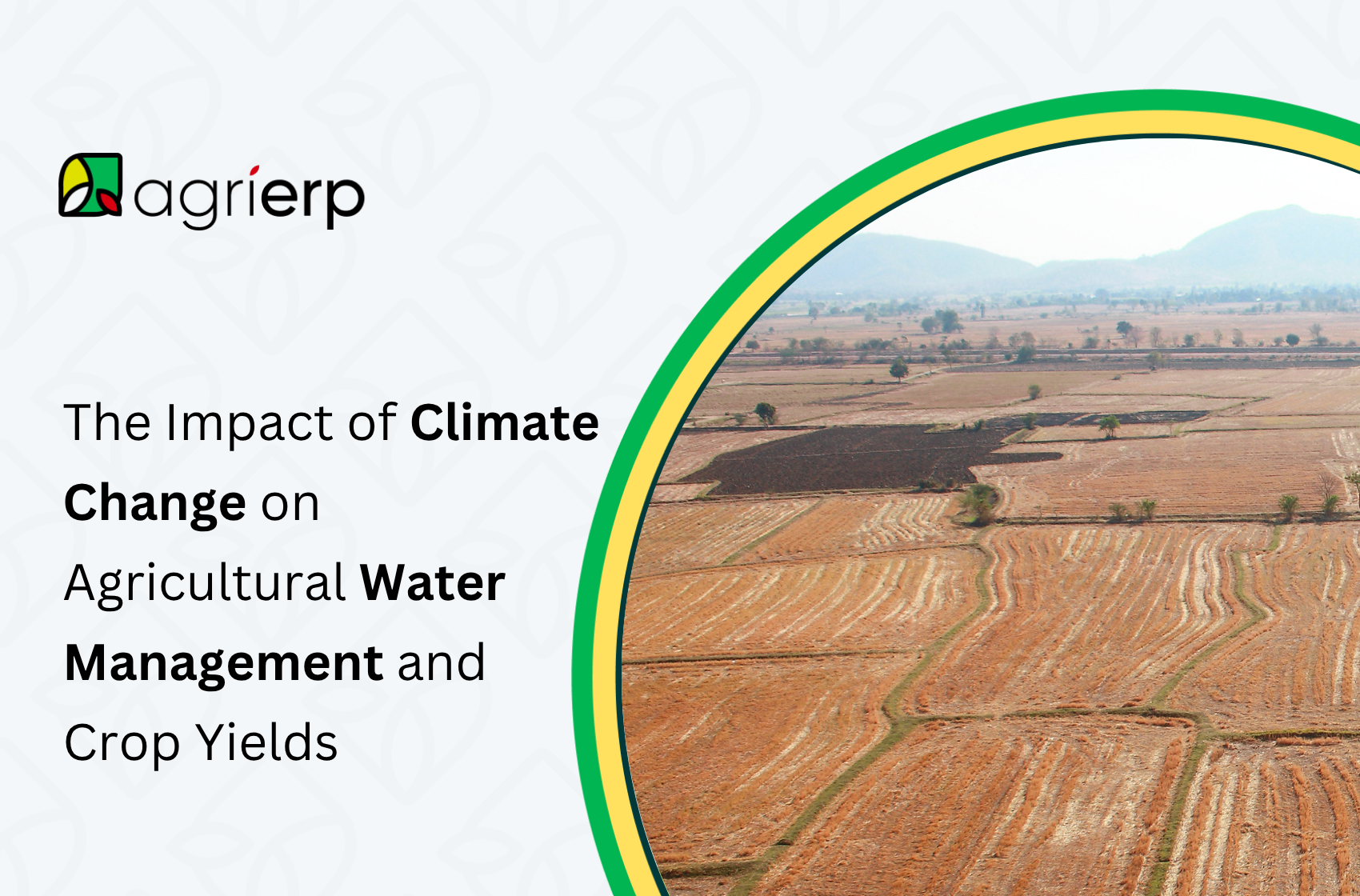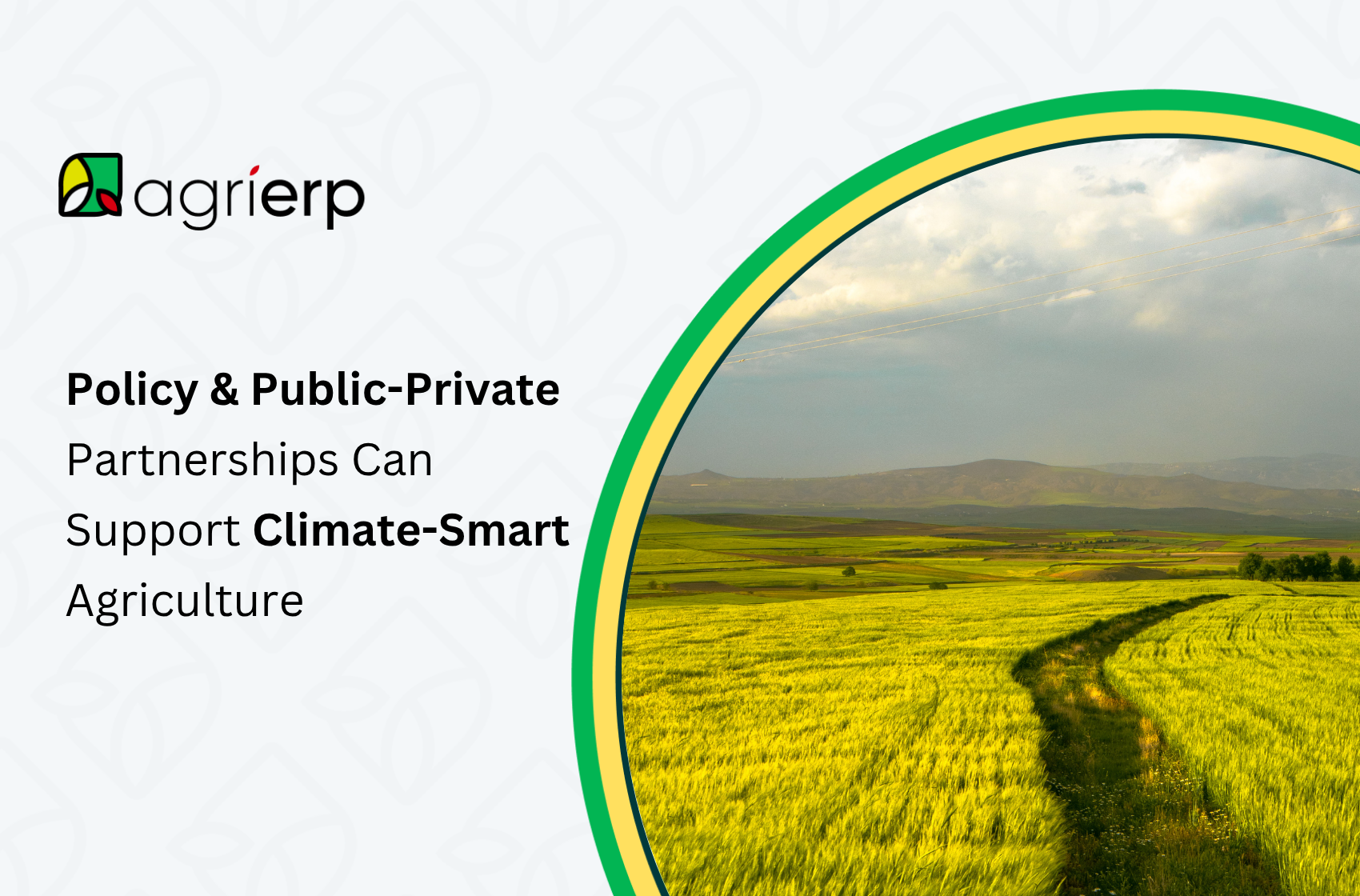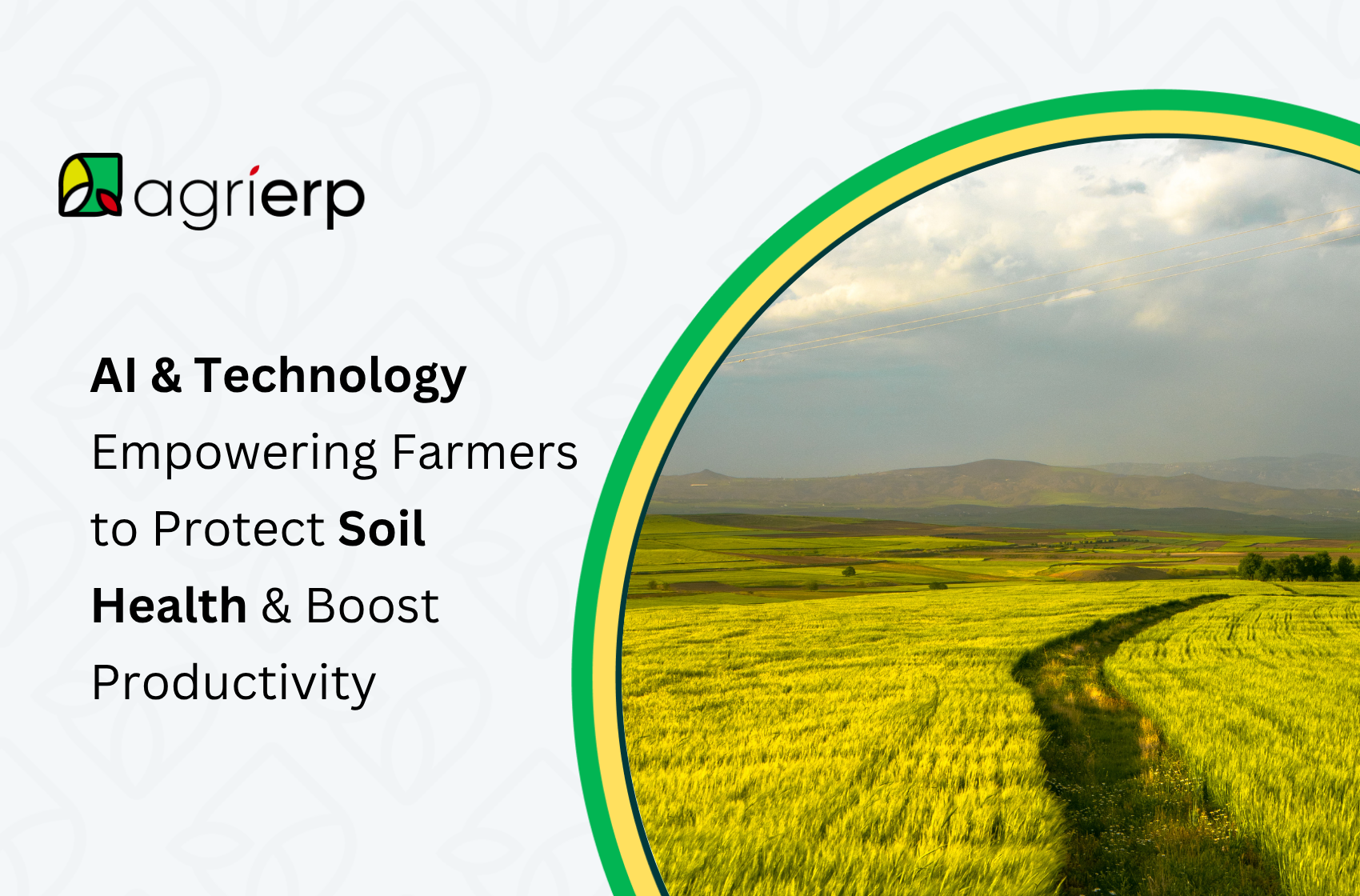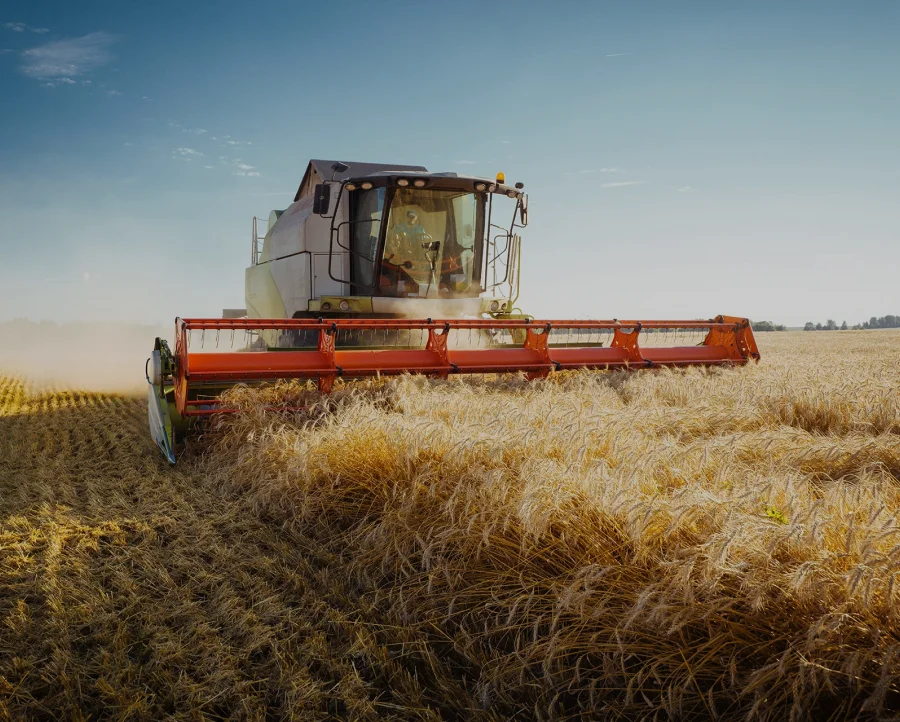It might come as a shock that agriculture accounts for almost 70% of total global water usage! With our planet’s depleting resources yet soaring demands, something needs to be done about this, and we can destress our planet by employing technology, smartly.
“ Try to bridge what’s happening in science with practical applications in the field,” says Floyd Nicola, assistant professor at Oregon State University.
With climate-smart agriculture practices taking the center stage, you must be hearing a lot about smart irrigation systems for farming and how they can help you produce better yields, but with less water.
Let us quickly take you through how changing climate trends affect irrigation, cropping, and how modern solutions such as Smart irrigation systems powered by AI can turn the tables!
Why Climate Change Is Threatening Our Farms?
Climate change is a huge thing; it is shifting our rainfall patterns and forcing farmers to either adapt or risk yield losses. Historical trends confirm that altered precipitation is reducing reliability in agricultural hot spots.
Nicola also restates this reality: “farmers…didn’t receive the same amount of water they used to have,” which forces them to rethink their planting and crop management.
On top of that, irrigation already accounts for a lot of freshwater withdrawals. Without progress, groundwater reserves such as California’s Central Valley or the Ogallala Aquifer may not be able to support farming needs in the future.
Meanwhile, Floyid also warns that, “The global water demand is projected to ride by 30% in the next couple of years”. Now this is a clear signal that smart irrigation optimization is not an option anymore; rather, it is now a necessity.
The Core Challenges Ahead
Let us face it, when it comes to climate change, we have to face the heat. Here are a few challenges that we are faced with:
1. Over‑Extraction & Water Scarcity
Nicola has warned us about aquifers (underground layer of rock, sand, or gravel that is saturated with water and allows water to flow through it) being pumped beyond regeneration. This is leading to land subsidence and restricted flow. “Pumping of the groundwater that lead to depletion, and we can see that’s happening in Kansas and Al Aquifer or and the Central Valley of California,” he says.
2. Inefficient Irrigation Methods
Traditional irrigation methods also result in the wastage of water. Nicola reports research where intensive use of ground water and inefficient irrigation methods “reduced water by up to 50%.” Thus, this also implies that we have to adopt smart irrigation in Agriculture.
3. Soil Salinization & Contaminants
Nicola explains how we have to use smart irrigation practices “that reduce the leaching of nitrate nitrogen into the groundwater.” This is because excessive nitrogen leads to groundwater pollution, and salt accumulation makes some fields unproductive. And this is happening in Central Oregon over the last couple of years.
4. Climate Volatility
Data from Science Direct shows that variable rainfall is already reducing yields across major crop areas. Nicola sums it up and says, “The climate, all the parameters are shifting. We have less snow parks and we have less precipitation. And the farmers are being allocated less water,” which leaves food production unstable.
5. Rising Demand & Regulatory Pressures
Global demand for freshwater may climb by 30%, thus intensifying the crunch that agriculture is already under. On top of that, regulatory programs like California’s SGMA require farmers to monitor groundwater quality and limit nitrate leaching, pushing them to adopt precision approaches or risk penalties.
Tackling Climate Challenges in Agriculture Head On
Now that we are aware of the risks and issues, we must act proactively and work together by adopting optimized irrigation strategies to build a resilient future in agriculture.
A. Smart Irrigation Adoption
Nicola correctly points out that when we adopt smart irrigation, it combines weather data, and data from moisture sensors, uses remote sensing, and automation to “produce more yield with less water.” he clearly states that “Studies where we use a combination of soil moisture sensors with the base controllers where we reduce water by up to 50%” which is huge.
B. AI-Enabled Decision Support
AI is making irrigation highly intuitive. Nicola shares a scenario: a grower asks an LLM-based tool about a good irrigation schedule for lavender on a 24,000 m² field.
The model combines evapotranspiration, weather history, and field-specific data and provides a guided schedule. That is how the potential for smart irrigation systems is realized.
C. Process-Based Models + Machine Learning
Researchers in California added leaf-area and moisture data to a model weekly, and the result: the same yield with 30% less water. That also shows real-world success in technological advancements in smart irrigation.
D. Field Trial Insights
Nicola’s trials also used OpenET MO models with cover crops. They revealed improvements in both soil water retention and nitrate uptake, hence it shows suggesting that smart combinations can improve both sustainability and yield.
E. Outreach & Incentives
Technology can not fix everything alone. Nicola emphasizes co-creation. He says that we should not be the sole creators but co-create with growers, the stakeholders, and tech startups. This way, we can solve my problem. Outreach and workshops are essential. Plus, financial incentives or credit programs lower the barrier for adoption.
A look into the future!
1. Collaborative Innovation
Interdisciplinary initiatives, such as Nicola’s team in Oregon, consisting of scientists, engineers, sociologists, and policy experts, create well-rounded tools.
2. Focus on Usability
Tools must be simple if we want to succeed. Nicola urges: “making them accessible and friendly this is because, “you’re talking to farmers that didn’t go to school, bringing some technology to them.
3. Co‑Creation & Feedback Loops
Development must be led by growers. Nicola says that when growers say that this solves my problem, then those tools are more likely to be used consistently and adjusted over time.
4. Integrated Platforms
The future lies in the unity and cohesiveness of data. The solution is a unified dashboard that combines soil health, irrigation guidance, economic projections, and policy compliance.
That empowers farmers to ask, If I grow this crop here, with this water quality, what return can I expect? all from one platform such as AgriERP.
5. Adopting Smart Irrigation Systems Powered by AI
AI is much more than automation; it is an intelligence layer that keeps an eye on your soil, weather, water, and crop growth. It hits the sweet spot of yield, economics, and environment.
Conclusion
The dilemma of rising water demand, climate uncertainty and variability, and aquifer depletion is real. Nicola’s findings are a blueprint for precision irrigation, powered by AI-powered smart irrigation systems, that can cut water usage by a huge 30–50% while keeping your yields stable.
You may be at the beginning of exploring smart irrigation or smart water management in agriculture. So this is exactly where AgriERP can support you. With its integrated soil-monitoring, irrigation control, financial tools, and compliance dashboards, it is an all-encompassing farm management software.
By using smart irrigation optimization, Technological Advancements in Smart Irrigation, and AI-led farming, you uplift your operations not just to adapt, but to lead. With power tools like AgriERP, you are ready to run a resilient and efficient farm that can take the challenges of the future head-on!








